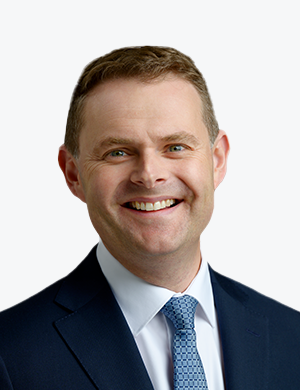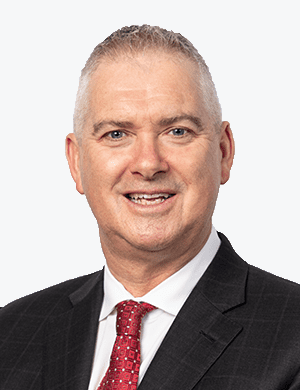1. Cost of living measures
Tax cuts for all taxpayers
Further to the tax cuts implemented in July 2024, the Government will provide additional tax cuts in 2026 and 2027. The 16% tax rate for incomes between $18,201 and $45,000 will be reduced to 15% from 1 July 2026 and to 14% from 1 July 2027.
From 1 July 2024, the government will increase the Medicare levy low-income thresholds by 4.7% for singles, families and single pensioners.
Further Energy bill relief
The Government is extending energy bill relief for households and small businesses. An additional $1.8b will be provided on top of nearly $5b in existing bill relief. Every household and approximately one million small businesses will receive a further two $75 rebates directly off their electricity bills through to 31 December 2025.
Lowering the cost of medicine
The cost of medicines on the Pharmaceutical Benefits Scheme (PBS) for those with a Medicare card (but no concession card) is reducing, starting 1 January 2026. The maximum co-payment will decrease from $31.60 to $25.00 per script, the lowest in 20 years. Additionally, four out of five PBS medicines will become more affordable for general patients, with larger savings for medicines eligible for 60-day prescriptions. The Government will also invest $1.8b to add new medicines to the PBS, including medicines for endometriosis and menopause.
Wages
The Government will ban non-compete clauses for low and middle-income workers, aiming to allow these individuals to more easily move to better paying jobs. The Government will also provide further pay rises for aged care nurses and the early childhood education workforce.
Student debt
The Government has promised to cut student loan debt by 20% for 3 million Australians, representing $16b in reduced debt. From July this year, the income threshold for repayment of loans will rise from $54,435 in 2024-2025 to $67,000 in 2025-2026. Recent reforms have already cut $3b in student debt through changes to indexation.
2. Health and aged care measures
Bulk billing increases
In what will be the largest investment in Medicare since its creation 40 years ago, there will be an investment of $7.9 billion to provide more bulk billing. The Government expects that by 2030, nine out of every 10 visits to a GP will be bulk billed.
PBS medicines to become cheaper
From 1 January 2026 the maximum co-payment will be $25 per script (down from $31.60) and will remain frozen at $7.70 for pensioners resulting in four out of five PBS medicines becoming cheaper for general non-safety net patients.
More Medicare Urgent Care Clinics
A further 50 Medicare Urgent Care Clinics (UCC) to be built across the country at the cost of $644 million resulting in four out of five Australians living within 20 minutes of a Medicare UCC.
Further investments in public hospitals
The Government has committed an additional $1.8 billion in the 2025-26 years to fund public hospitals and health services. This will take the total contribution by the Commonwealth to state run public hospitals to almost $34 billion.
Boosting the GP & nurse workforce
There will be an increase of 2,000 new GP trainees each year by 2028 supported by a package which includes salary incentives to specialise in general practice and fund paid parental leave and study leave.
Wage increases for aged care workers
The Government will provide $2.6 billion over five years from March 2025 for pay rises for aged care nurses with a further $6.1 billion from 2029-30 to 2034-35.



































